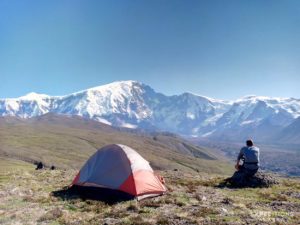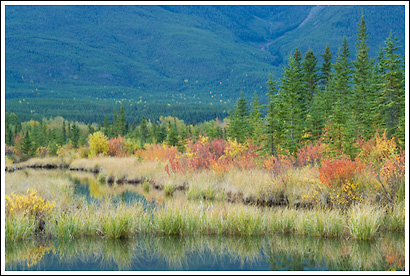Hey Folks,
I think a 20deg bag is essential for a summer trip in Alaska. 32deg bags, and warmer, often aren’t warm enough for alpine trips here. In fact, a 15 deg bag is even a good idea. it varies a lot with the individual, and also with the temperatures for any given trip, obviously. Temperatures can easily dip into the 32deg range, even in mid-summer, and while this isn’t too often, it’s not uncommon. If you’re planning a trip with for the shoulder season, such as late Aug/early Sept, even a 10deg bag isn’t overkill.
A good rule of thumb is your bag will keep you warm to within 10 deg of it’s rating. For example, a 20deg bag is great at 32deg. At colder temperatures, you’ll just as likely be uncomfortable and not sleep well. Not all bags are the same, and you’ll often find one company’s ratings to be quite different to another’s.
My experience has been that Western Mountaineering make great bags, Feathered Friends as well. Both are pretty pricey. I do like The North Face bags. I have a 12 year old Foxfire, rated about 10deg, which still is a great bag, a little heavier than some newer options, but I love it. Generally, I like a down bag, but I don’t think it’s critical – synthetic fill bags have their own set of advantages. I’ll write about that in another post.
Another thing is the length of the zipper. I like a full length zipper. Some of the bags these days have a half-length, as companies try to save ounces here and there. Mountain Hardwear Phantom bags are a good example of this – if they had a full length zipper, I’d highly recommend them. But if the temperature warms up, and you’re in a 20deg bag, it’s way too hard to not overheat in a bag that you can’t unzip all the way down. My feet burn up pretty quickly when the weather is down there, so I like a bag where I can open up the lower end of the zipper. Some folks this may not matter as much for.
Some people argue against wearing long underwear in a sleeping bag, as your body heat is supposed to warm the air inside the bag. Layers, even a single layer, of clothing can mean the air in the bag stays colder, and you lose body heat. For extra insulation, throw a fleece or heavier jacket over your bag, rather than adding layers to your body. Another great idea is to heat some water on your stove, pour it into your Nalgene bottle, seal the lid properly, and use it as a hot water bottle.
Sleeping pad designs have improved a lot in recent years. The first question is 3/4 or full length. I generally take a 3/4 length pad, just to save weight, but the added insulation and comfort of a full length pad is helpful if the weather gets rough. I’d recommend the ultra-lite series, the yellow pads, as they save a lot of space in your pack. I can fit my 3/4 length pad, my 20deg bag and all my clothes in the bottom section of my backpack. If you have a bad back or need some extra comfort, try out the other pads. The Ex-Ped is a nice pad, with down fill, providing more insulation and padding to give you both added comfort and warmth. If you think you’ll be camping on a glacier at all, another, and cheaper, option is to bring a second pad, like a cheap all foam pad, like the Z-rest that you can place under your thermarest.
Whatever you do, as always, give your gear a good workout before you head out on a week long trip.In the store, get in the bag, get ion and out of the bag, roll over, move around, make sure you’re comfortable. Don’t get so hung up on numbers and stats like weight, and size, etc – it doesn’t matter if your bag weights 12 ounces if you can’t sleep in it. Do the same thing with your pad. And think about where you’re going hiking, what kind of terrain are you going to be in, what kind of temperatures are likely, is the ground rocky or grassy, wet or dry, and so on. Do you tend to feel the cold more than your family/friends, etc? If so, that will affect the decision of which bag and pad is right for you.
Cheers
Carl




